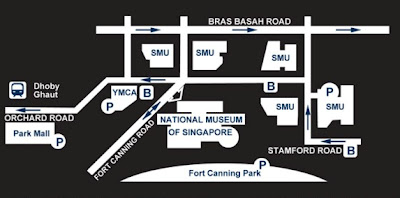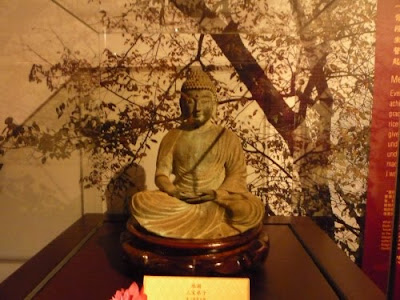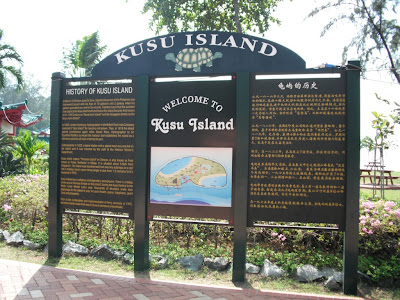
We went to Sri Srinivasa Perumal Temple with my classmate yesterday. Sri Srinivasa Perumal Temple is one of the oldest temples in Singapore. It is located in the heart of Little India on Serangoon Road and is well patronised by Hindu worshippers. The tall Gopuram (tower) shows the different incarnations of Lord Vishnu.

This beautiful temple was dedicated to Lord Vishnu and the temple was built in 1855. The 20-metres-tall Gopuram is a relatively recent addition. Each tier is decorated with sculptures of various avatars of Vishnu and other motifs.
The temple's five-tier Gopuram was a donation from P. Govindasamy Pillai, he is one of the earliest Indian migrants who made good. He also set up a chain of popular general goods stores in Little India and was known for his philanthropic works, a legacy continued by his sons today.

We can feel the renovations and extensions work done to the temple but still remain in traditionally Hindu essence. There are high boundary walls lined with animal, human and divine sculptures. We also touched the massive timber double-leafed entrance doors.

Inside the temple we saw a statue of Perumal, or Vishnu, his consorts Lakshmi and Andal, and his bird-mount, Garuda. Perumal Temple is at the centre of the Hindu trinity made up of Brahma the creator, Vishnu the preserver, and Shiva the destroyer.

We also saw ongoing ceremonies and Ekadasi Celebrations inside the temple, temple celebrates special ceremonies like marriages, religious processions, special prayers sections and also special cultural programme like dance and performance by local group Bharatha Arts.
We also donate to the temple and pray for our love ones. If you have a spare time please pay visit to this temple and you will get a chance to see more about other culture as well. We do some shopping at Mustafa Shopping Centre that near by too.

We studied that on 10 November 1978, Sri Srinivasa Perumal Temple was gazetted as a national monument. Visitors are advised to dress conservatively as this is a place of worship. Please took off your shoes before stepping into the temple.
Admission is free.
Location: 397 Serangoon Road
Getting there: By Bus or MRT, Take the MRT to NE8 Farrer
Park and head toward Serangoon Road. The temple is a short walk from the station.
















































